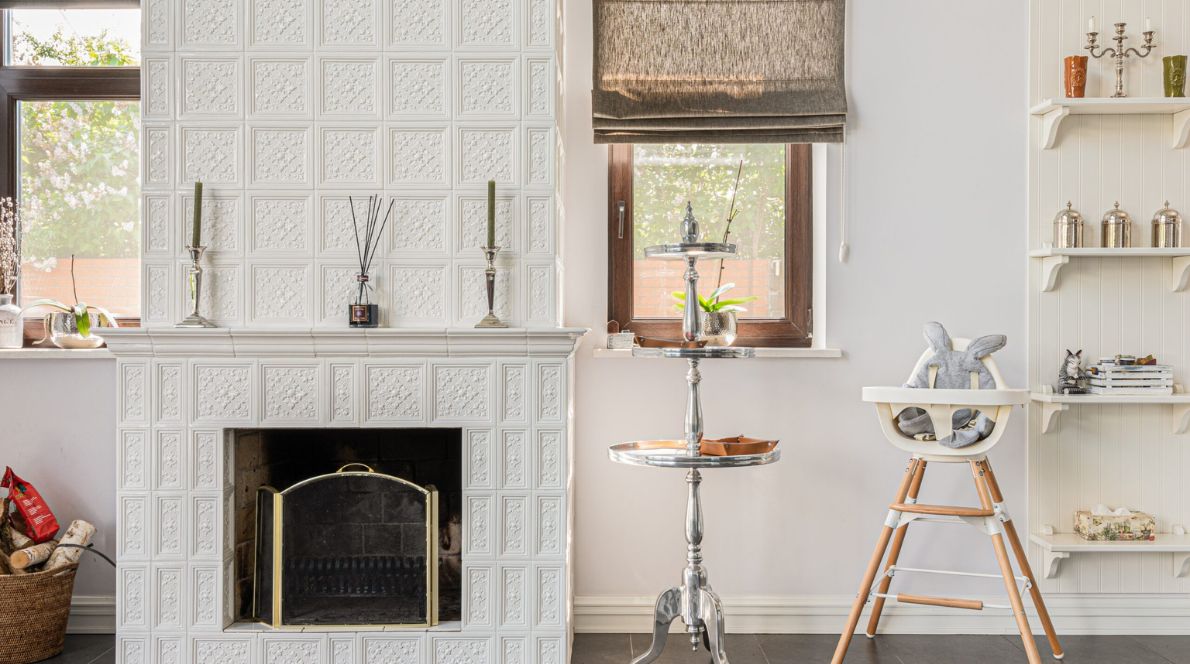
Poor insulation in a house can manifest in several ways. You might notice cold spots, drafts, or uneven temperatures throughout your home. Additionally, high energy bills, mould, and excessive noise can all be indicators of inadequate insulation.
Understanding these signs is essential for maintaining a comfortable and energy-efficient living environment in New Zealand.
What Does Bad Insulation Look Like?
High Energy Bills
One of the most apparent signs of poor insulation is high energy bills. If your heating or cooling system is running constantly but your home still feels uncomfortable, it’s likely due to inadequate insulation. Proper insulation helps maintain a consistent temperature, reducing the need for excessive heating or cooling and ultimately lowering your energy costs. In New Zealand, where heating costs can be significant, ensuring your home is well-insulated can lead to substantial savings.
Uneven Heating or Cooling
Inconsistent indoor temperatures are another clear sign of poor insulation. You might find that some rooms are warm while others are cold, even when your heating system is on. This uneven distribution of heat is often due to gaps in insulation or insufficient insulation in certain areas of your home. Addressing these issues by upgrading your insulation can help create a more uniform and comfortable indoor environment.
Drafts or Cold Spots
Drafts or cold spots in your home are usually caused by poor insulation or gaps in your home’s thermal envelope. These drafts can occur around windows, doors, and even through walls and ceilings. If you feel cold air entering your home or notice specific areas that are significantly colder than others, it’s a strong indication that your insulation needs to be assessed and potentially upgraded.
Mould or Moisture Problems
Mould and moisture issues are often linked to poor insulation. When insulation is inadequate, it can lead to condensation within walls, ceilings, and floors, creating a damp environment that fosters mould growth. Mould not only damages your home’s structure but also poses health risks. Ensuring proper insulation can help prevent moisture problems by maintaining a consistent temperature and reducing the likelihood of condensation.
Noises or Disturbances
A poorly insulated home often lacks adequate soundproofing, allowing external noises to penetrate and disrupt your living space. If you frequently hear traffic, loud neighbours, or other outdoor sounds, it may be due to insufficient insulation in your walls, windows, or doors. Upgrading to better insulation materials can significantly reduce noise pollution, creating a quieter and more peaceful home environment.
How To Keep a Poorly Insulated House Warm?
To keep a poorly insulated house warm, consider the following steps:
- Seal Gaps and Cracks: Use weatherstripping and caulk to seal any gaps around windows, doors, and other potential entry points for cold air.
- Add Insulation: Upgrade your home’s insulation, particularly in the attic, walls, and floors. Materials like glass wool or polyester can provide effective thermal resistance.
- Install Thermal Curtains: Use thermal or heavy curtains to reduce heat loss through windows.
- Utilise Area Rugs: Place area rugs on hardwood or tile floors to help retain heat.
- Maintain Your Heating System: Ensure your heating system is well-maintained and operating efficiently.
Why Use Polyester or Glasswool Insulation?
Polyester and glass wool are popular insulation materials in New Zealand due to their excellent thermal properties and ease of installation.
- Polyester Insulation: Made from recycled plastic bottles, polyester insulation is non-irritant, easy to handle, and provides good thermal and acoustic insulation. It is also resistant to moisture and does not support mould growth.
- Glass Wool Insulation: This material is made from recycled glass and sand, offering high thermal resistance and excellent soundproofing. It is fire-resistant and effective in a variety of applications, from attics to walls and floors.
In conclusion, identifying and addressing signs of poor insulation is crucial for maintaining a comfortable, energy-efficient home. By understanding the indicators and taking appropriate actions, such as upgrading insulation and sealing gaps, you can enhance your home’s thermal performance and reduce energy costs.
